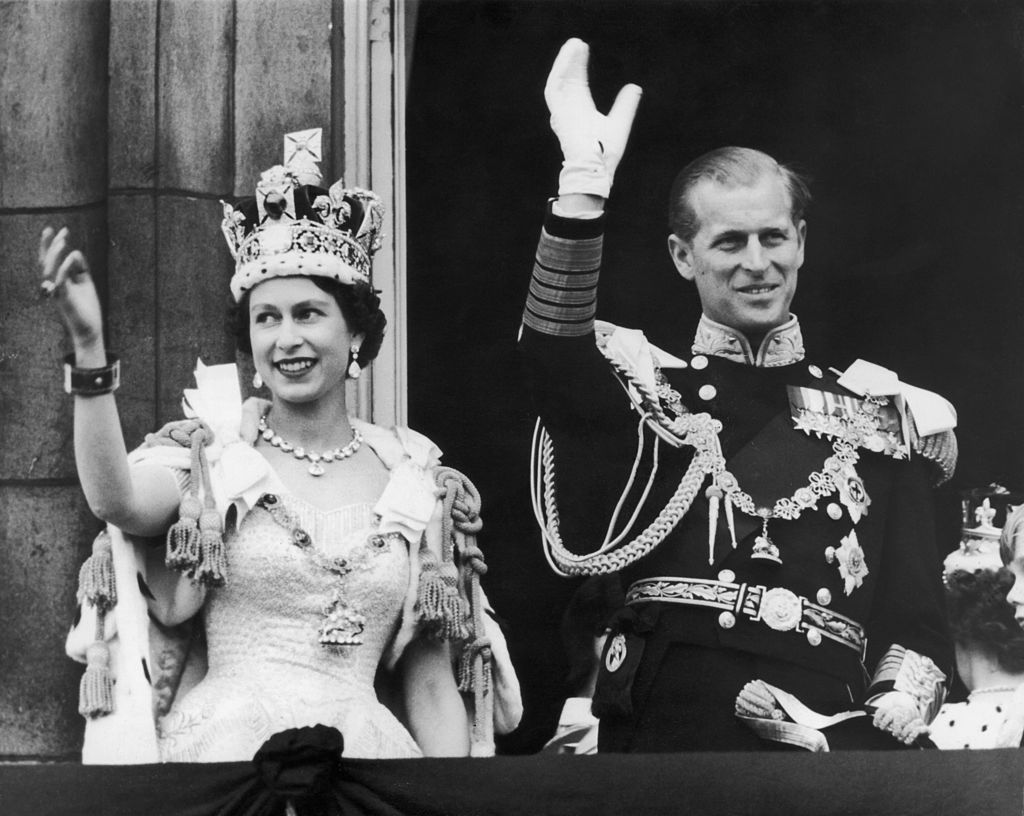On 2 June 1953, a 27-year-old Elizabeth Windsor was crowned Queen of the United Kingdom in a ceremony steeped in tradition, symbolism, and quiet strength- the beginning of a reign that would become the longest in British history.
The coronation took place at Westminster Abbey, where monarchs have been crowned for nearly 1,000 years. Though the weather outside was grey and wet, more than 20 million people across Britain tuned in to watch- many of them crowded around neighbours’ televisions for communal viewing. It was the first British coronation ever televised, ushering in a new era of monarchy in the public eye.
The streets were alive with celebration. Across the UK, flags flew, trestle tables were set up in rows, and street parties broke out in every town and village. The sombre mood following King George VI’s death gave way to a day of national unity, tinged with hope for the future.
Still grieving her father, Queen Elizabeth II stepped into her role with a deep sense of responsibility. In her coronation oath and early speeches, she made clear that she did not see monarchy as a throne to be clutched, but as a duty of servitude- a life of service to her people, not power over them. It was a promise she kept for the next 70 years.
Her reign would guide Britain- and the wider Commonwealth- through immense change: decolonisation, conflict, the rise of modern media, and shifting public expectations. And yet, through all of it, she remained a constant. Not overbearing, not distant, but present. Committed. Steady.
Queen Elizabeth II’s reign would ultimately span seven decades, across five popes, 15 British prime ministers, and countless world events. On 9 September 2015, Elizabeth II became the longest-reigning British monarch and the longest-reigning known female monarch in world history. She was not only the nation’s monarch, but its matriarch.
Seventy-one years later, her coronation remains etched in memory- a symbol of continuity, grace under pressure, and a woman who ruled not by demand, but by devotion.






